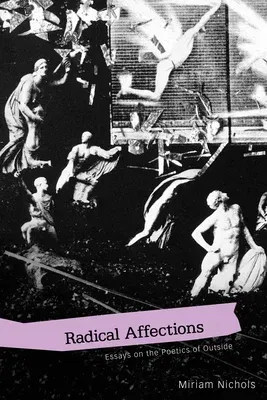Miriam Nichols
(Author)Radical Affections: Essays on the Poetics of Outside (First Edition, First)Paperback - First Edition, First, 18 January 2011

Qty
1
Turbo
Ships in 2 - 3 days
In Stock
Free Delivery
Cash on Delivery
15 Days
Free Returns
Secure Checkout

Part of Series
Modern and Contemporary Poetics
Part of Series
Modern and Contemporary Poetics (Paperback)
Part of Series
Modern & Contemporary Poetics
Print Length
368 pages
Language
English
Publisher
University Alabama Press
Date Published
18 Jan 2011
ISBN-10
0817356215
ISBN-13
9780817356217
Description
Product Details
Author:
Book Edition:
First Edition, First
Book Format:
Paperback
Country of Origin:
US
Date Published:
18 January 2011
Dimensions:
22.61 x
15.24 x
2.54 cm
ISBN-10:
0817356215
ISBN-13:
9780817356217
Language:
English
Pages:
368
Publisher:
Series:
Weight:
576.06 gm